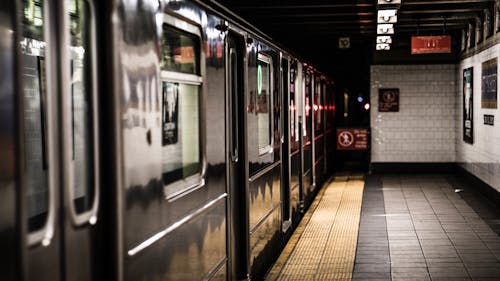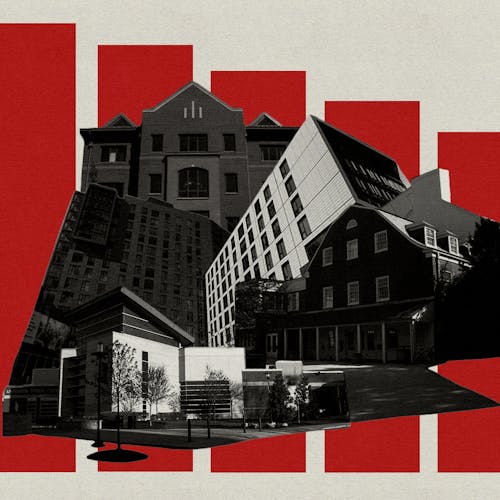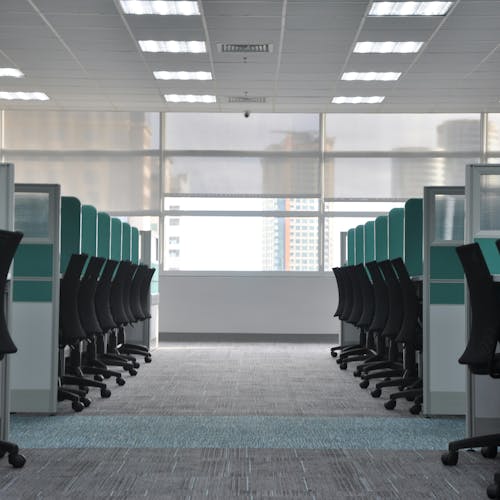KONDA: We must recognize potential of public transportation
Column: Pitch In

As Rutgers students, we all know a thing or two about public transportation. Our bus system is one of the largest in the state and facilitates most of our trips from campus to campus.
Although trying to catch an LX during rush hour may not always be ideal, we garner an appreciation for the Rutgers buses over time. It is difficult to imagine our lives without the system, considering how vital it is in many students' routines to get to and from classes.
Now, consider mass public transportation across the country. You probably have not heard of anyone taking the town bus to their friends' houses, especially if you grew up in the suburbs.
Most Americans would resort to their personal vehicles, typically a car of some sort. It is convenient to travel on your own terms, of course.
Compared to countries in Europe and Asia, the U.S. spends a considerable amount of money on public transportation, only for it to be inaccessible to 45 percent of the population. The preference for private travel has a lot to do with the post-World War II attitude toward automobiles.
The U.S. built highways and isolated suburbs to prioritize the use of cars over public transit. Though there is little we can do to change the country's infrastructure, we can consider the overall reputation of public transit.
The reality is that the U.S. sees public transit as a welfare or a social service. A majority of politicians consider it as an aid program for those who cannot afford cars. Due to this, public transit tends to have low fares and inefficient service.
Buses and trains may frequent at longer intervals and have a higher chance of delays. With this service being so unreliable, how can we expect Americans to give up the convenience of their cars?
The U.S. government needs to understand the importance of investing in public transportation for the future. Instead of considering public buses and trains as simply an aid program, we must think of their potential for success.
Consider Canada, another country with an infrastructure largely favoring automobiles. With proper investment and advocation, Canadians could use public transit at much higher rates than they currently do.
Johnathan English, an urban planner in Toronto, says Canadian suburbs are almost identical to those in the U.S., except for its commitment to buses being readily available near single-family homes. This sometimes makes it convenient for Canadian citizens to use buses, even if they own cars.
On the other hand, establishing public transportation for most American commuters can significantly reduce the effects of pollution. CO2 emissions from cars are a known environmental pollutant, adversely affecting the global community.
Densely populated cities can negatively affect respiratory health and mental health due to emitting exhaust gases. Switching to public transportation can lower the overall emissions rate and, in turn, slow the effects of climate change.
Americans that live in suburban and rural areas are less likely to have access to public transportation, which leads to traffic congestion on major highways. Even with transit usage in cities, it is still rare to see a traffic-free street in New York City.
If the U.S. transit system tripled its capacity and was fully utilized, morning commutes in privately owned vehicles would decrease by 8 percent. While it does not seem like much, this is an improvement that the country needs.
Rutgers' bus system is a large step in the right direction. By discouraging the use of cars for campus travel, the university manages to reduce traffic and emissions at the same time. While the system is not perfect, it is effective. Students utilize the buses to their advantage.
Overall, Americans need better incentives to use public transportation on a daily basis. Convenience and quality are a high priority. Imagine a bus arriving every 5-10 minutes at a particular stop.
It can get you to your destination faster than your car, as it avoids traffic by staying in a bus-only lane. You would not have to worry about parking or the occasional fees associated with it.
Ask yourself what you can contribute to this cause — demand for quality public transportation. Advocate for the environment. The government makes changes because of citizens like us.
This is how you can pitch in too.
Vaishnavi Konda is a first-year at Rutgers Business School majoring in business analytics and information technology and minoring in linguistics. Her column, "Pitch In," runs on alternate Fridays.
*Columns, cartoons and letters do not necessarily reflect the views of the Targum Publishing Company or its staff.
YOUR VOICE | The Daily Targum welcomes submissions from all readers. Due to space limitations in our print newspaper, letters to the editor must not exceed 900 words. Guest columns and commentaries must be between 700 and 900 words. All authors must include their name, phone number, class year and college affiliation or department to be considered for publication. Please submit via email to oped@dailytargum.com by 4 p.m. to be considered for the following day's publication. Columns, cartoons and letters do not necessarily reflect the views of the Targum Publishing Company or its staff.



